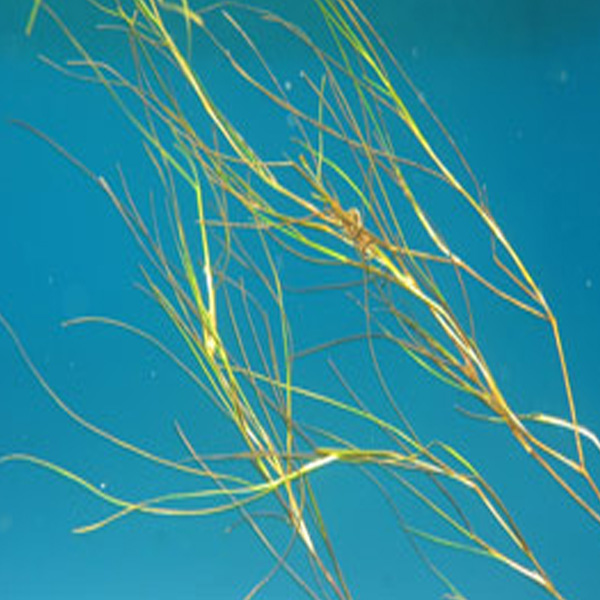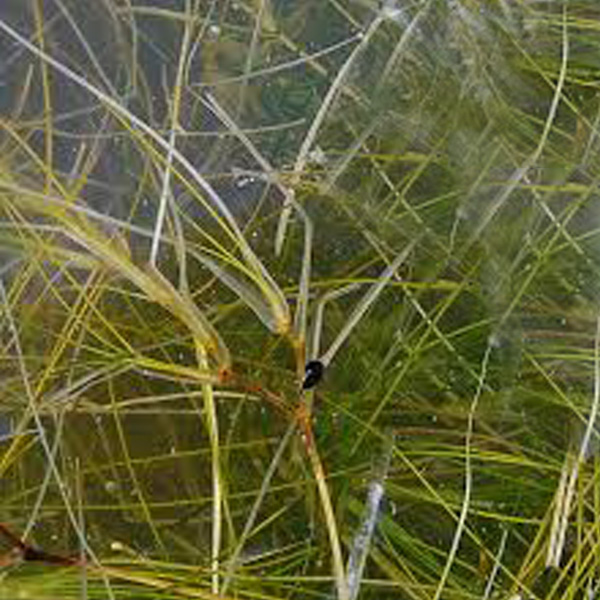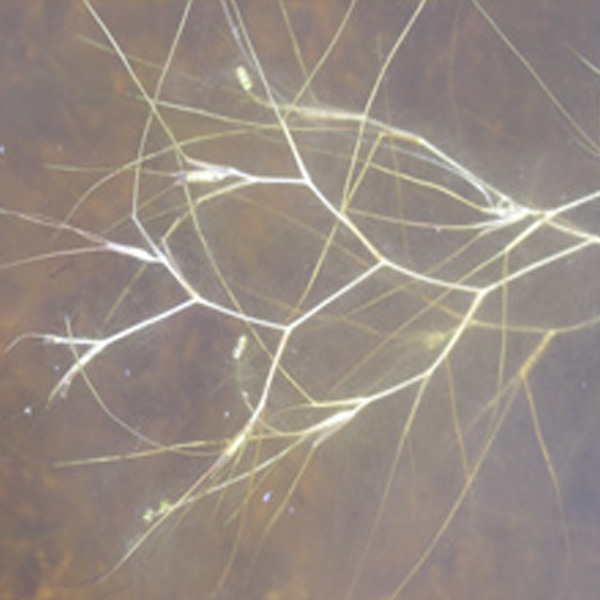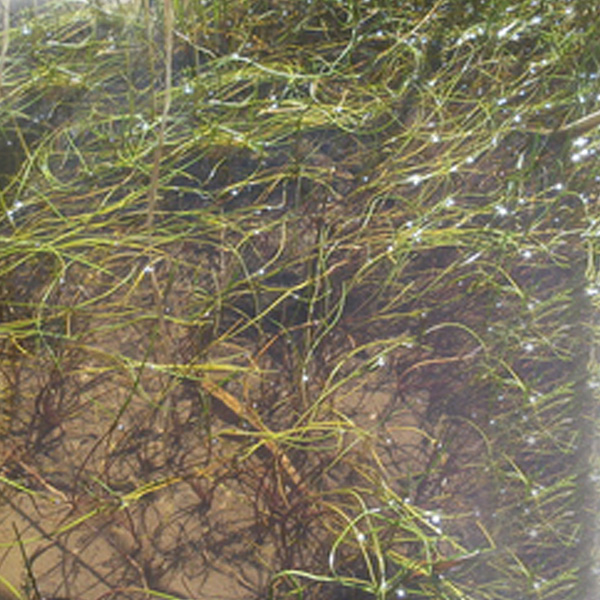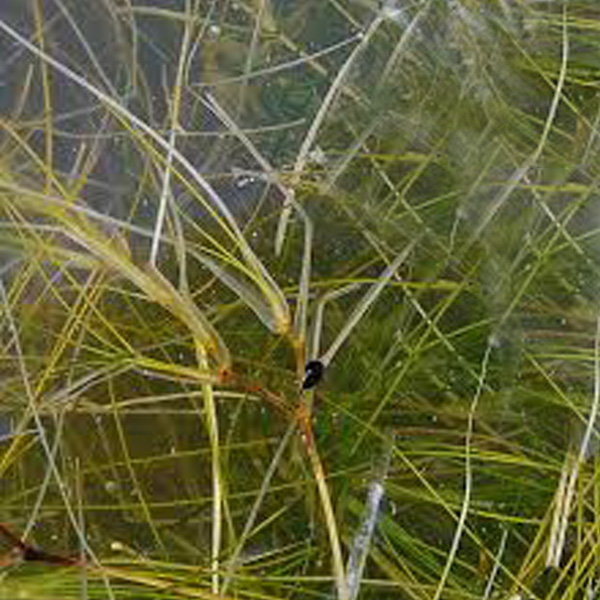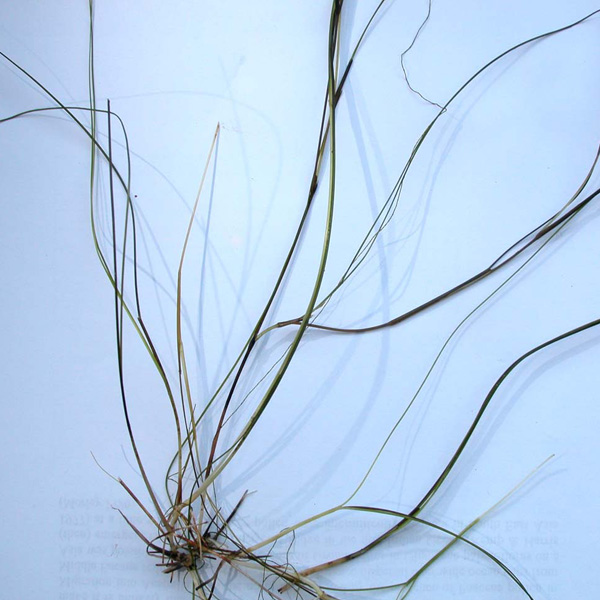Sea Tassel
weed identification
The sea tassel’s leaves and branches grow upward and emerge from the sediment of the water body. The branches are usually submerged but can float at the surface. The branches are thin, long (up to 2.5 m) and narrow with a zigzag branching pattern. The leaves are dark green arranged along the branches reaching 25 cm long. During summer, the plant produces small (3-5mm) yellow-greenish flowers, each flower produces fruit that are dark and pear shaped when mature.
Commonly found in stationary freshwater or saline water bodies and estuaries.
It reproduces both sexually (seeds) and vegetatively (propagules)
Plant fragments are transported by currents where they can settle and grow.
The sea tassel removes nutrients from the water, thereby preventing algal growth. Whilst their roots stabilise and oxygenate the sediment it grows in. They are considered keystone species in some ecosystems.
What does Sea Tassel look like?
Disadvantages of Sea Tassel
Dense infestations by sea tassel can adversely impact a water body:
-
Potential to obstruct water flow, block pumps
-
Restricts water-based recreation
-
Reduce the aesthetic appeal
treatment
AQ200 Aquatic Herbicide – Chemical Herbicide designed to kill submerged weeds quickly. Use on mild to severe infestations.
Aquatic Weed Rake and Razor combo – DIY physical removal. Ideal for mild infestations, sensitive water bodies or to aid herbicide treatment
Aquatic Harvesting (Mobitrac) – Large amphibious machine that clears submerged aquatic weeds. Book this service for severe infestations or for larger water bodies.
prevention options
Aquatic Blue – Blue dye that may reduce temperature of the water body by reducing UV light penetration. This may then increase oxygen saturation.
Aerating Fountains – Reduces the severity and likelihood of aquatic weed infestations. Use in any body of water.


